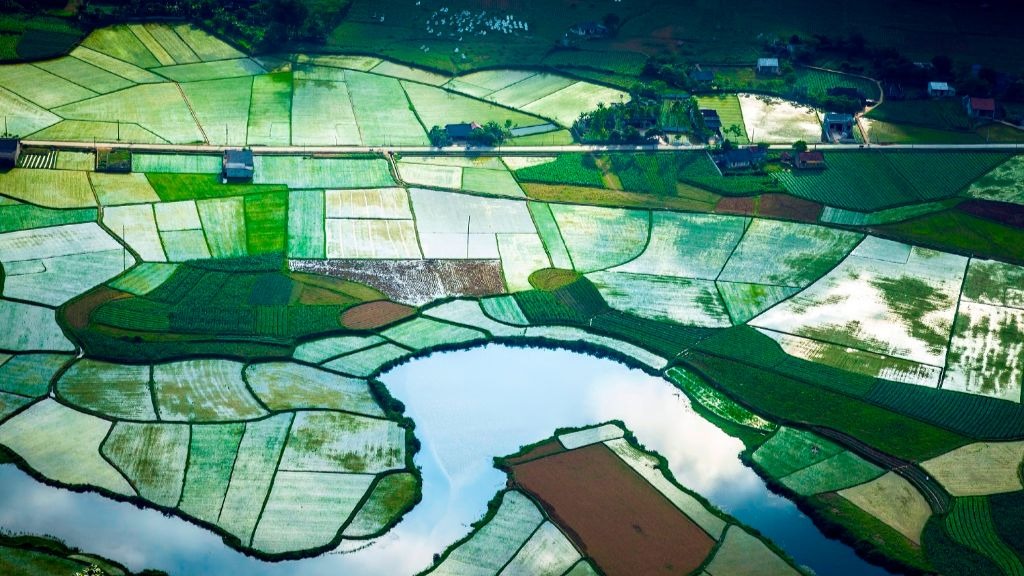Using Space Technology to Measure Rice Yield in Viet Nam

Satellite data may be used to produce key agricultural statistics, including estimating crop yields. Photo: iStock.com.
An innovative data fusion technique, which combines two freely available satellite data sources, is used to map paddy area and estimate rice yield in Thai Binh province, Viet Nam.
Traditional methods for estimating rice yield rely on field data, which are time-consuming and expensive to collect. Remote sensing technology offers an alternative method for collecting data using satellite images. In Southeast Asia, however, significant cloud coverage limits the availability of cloud-free satellite images.
A working paper from the Asian Development Bank [3] presents an innovative data fusion technique that combines two freely available sources of satellite data for Thai Binh, Viet Nam. Results show that data fusion increases the spatial and temporal availability of satellite data and allows for estimating the best empirical relationship between satellite-derived yield indexes and field-based yield data.
Located in the Red River Delta region, Thai Binh province is considered the rice granary in northern Viet Nam.
In a blog post, ADB's Lakshman Nagraj Rao said they combined two sources of optical satellite data: Landsat and Moderate Resolution Imaging Spectroradiometer (MODIS) through a Spatial and Temporal Adaptive Reflectance Fusion Model. This produced a “fused” dataset with a higher spatial and temporal resolution, which was used to estimate rice area for the province. The study then estimated the relationship between the peak values of vegetation indexes derived from the fusion data and yield estimates from the ground.
"Our study shows that data fusion proves to be a viable approach to improve spatial and temporal resolution of satellite data, which can then be used for producing key agricultural statistics (rice yield in our case)," he said. "The data used in this study are freely available and scalable to the national level."
Read the full article [2] published on 30 April 2018 at the Asian Development Blog.
Last Updated: 30 April 2018

